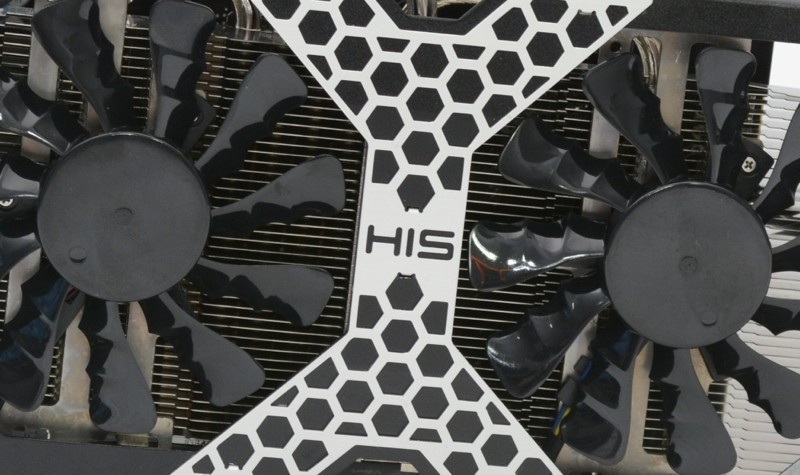I made an account to say that your power consumption charts are off the charts! downright fantasy. Dude are you serious? where did you get those stupid numbers?
Total System power consumption with R9 390X is 300watts?? and you show it's identical to 290X? both guru3d and techpowerup showed 290X ALONE consumes 280watts at peak!! your charts tells us that 300W it's system power consumption? 390X has actually a lower TDP than 290X! yet the wattage draw number shown here is identical to 290X.
But this is the fun part. You jibberish system power consumption ?! charts (metro last light) shows that R9 390 (TDP 275W) consumes less than a GTX980 which is a 165W TDP card! LOL!! and in tomb raider you readings shows that 390 consumes only 10Watts more than 970 ?! 148W card?
This comment is absolutely hilarious.
First of all, TDP is not related to power consumption, like Puiu just said. TDP is the estimated ammount of heat that must be dissipated by the cooler, which AMD/Nvidia can control through chip leakage. It's possible to have a very power efficient chip with a lot of leakage and therefore a very high TDP, the same way it's possible to have a not very efficient chip with low leakage, which would have a low TDP (but probably burn itself to death since it won't transfer enough heat to the cooler and internat temperature would rise). Nvidia saying a GPU has a TDP of 150W DOES NOT MEAN the card consumes 150W under load. Similarly, an AMD card with 250W+ TDP also doesn't mean the card consumes 250W+. On top of that, AMD and Nvidia calculate TDP differently, so you can't even correlate them directly to begin with.
Also, outlier cases, like your "peak power consumption", is not a relevant way to compare power consumption. Every card can be prone to spikes so long as the power is available, if you look at peak power consumption you'll be overstimating the power consumption of every GPU, from both AMD and Nvidia, by a lot.
Finally, don't tell me you actually believed these advertised TDPs for the GTX 970 and the R9 290X somehow meant that the 970 can manage to be as fast as the 290X by using just half as much power, did you? I know some people like to drink Nvidia's kool-aid, but you'd be drowning in it and in desperate need for a lifeguard.
Your readings are a joke! if I was Nvidia I would put you on a blacklist for inability to tell the difference between a 165W card vs 275W
And where should the people who run this site put you for coming here to make a baseless complaint like that, while yourself being ignorant about what TDP and power consumption actually is?
